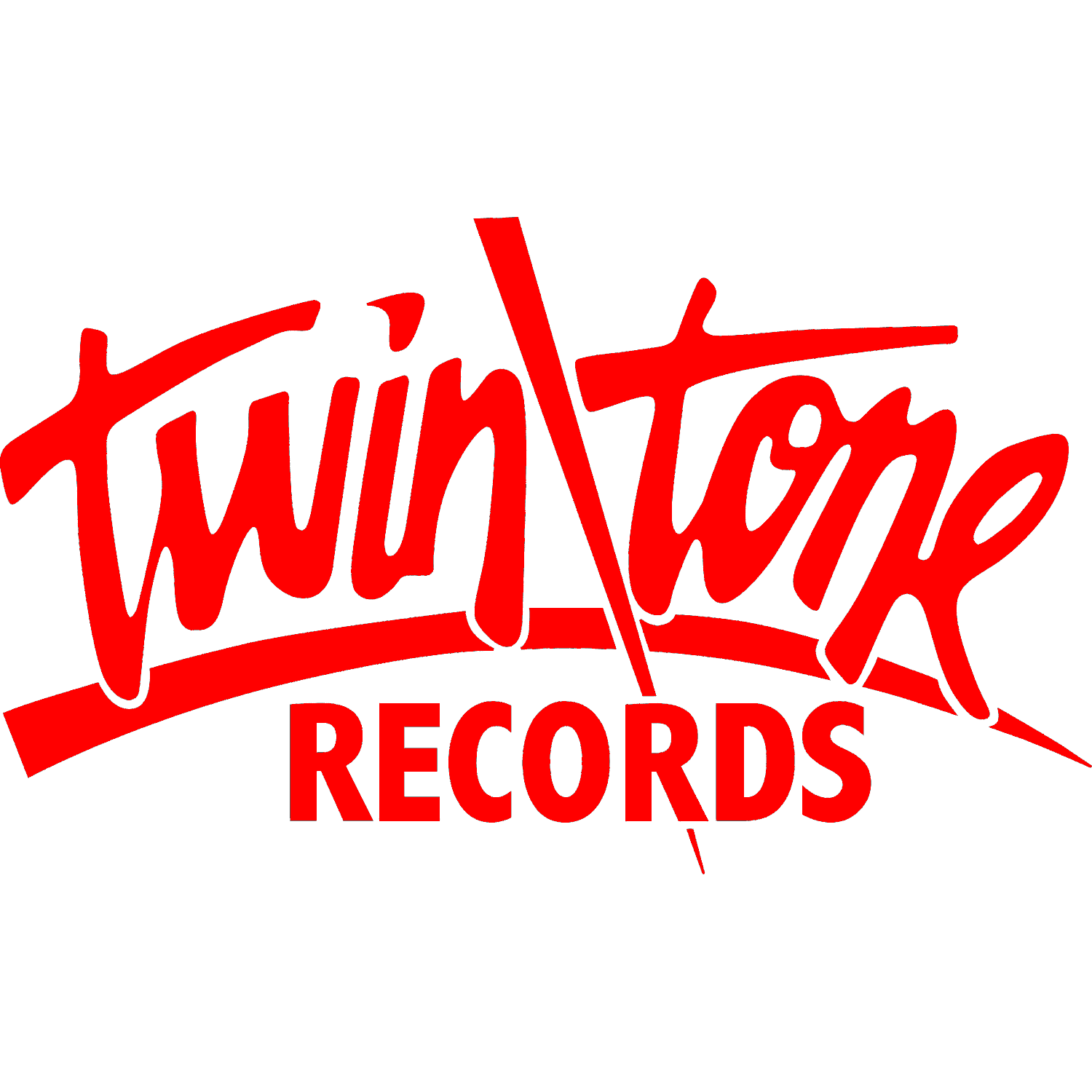Paul Stark
Paul Stark grew up in Minneapolis, Minnesota as a student photographer who also loved music and technology. While still a student at the U of M, he bought a fixer-upper house near Dinkytown, a Minneapolis neighborhood walking distance from the university. He built a darkroom in the basement, P. David Recording Studio on the first floor and lived upstairs (the studio would soon morph into Blackberry Way). Upon graduating in 1974, he found his interests were mainly in music and engineering and photography was put on hold.
Paul started recording bands in his studio and often would help bands get their records manufactured. One of his clients was Chris Osgood who fronted the groundbreaking punk rock band The Suicide Commandos. He recorded two singles with them and helped them by releasing the records on his P.S. Records imprint. Chris and Paul would often talk about the problems of bands being their own record labels … their talks eventually turned to the idea of starting a label to alleviate that by helping bands record, manufacture, distribute and promote their records.
Charley Hallman was a sports writer for the St Paul Pioneer Press. His true love was music and he wrote music reviews for the paper, but sports paid the bills. Charlie had shown great interest in the Commandos in their early days. He and Chris had also talked frequently about the problems young bands faced … long story short … Chris, Charley and Paul began brainstorming together and, in 1977, decided to start a record label.
While those discussions took place, The Commandos came to the attention of Polygram’s new underground rock imprint Blank Records and were offered a recording contract. While the band and Paul recorded their first album for Blank, Chris realized that he would be too busy with the band and told Paul that it was best for him to bow out of the label. He suggested a music fanatic and record store manager, Peter Jesperson, to take his place. Peter, Paul and Charley started meeting weekly for lunch, at the CC Club in Minneapolis, and within a few months had plotted out a path to launch Twin/Tone Records.
Paul would record and oversee manufacturing the projects. Peter would scout bands and handle distribution of the records. Charley was in charge of press and promotion and assisted in the scouting, but soon became primarily a financial backer of the label due to his increased work at the paper. In 1978 Twin/Tone opened its first office in the basement of Paul’s new house in the Bryn Mawr neighborhood of Minneapolis and put out the label’s inaugural releases - three red 7-inch EP’s by Spooks, Fingerprints and The Suburbs. What followed is documented on this web site.
In 1984, Paul sold the P. David Studio to Mike Owens, Kevin Glynn and Steve Fjelstad, three members of the band Fingerprints. Over the previous three years the Fingerprints boys had slowly taken over the studio, brought in a lot of their own gear, and changed the name to Blackberry Way. Paul then purchased a studio building at 2541 Nicollet Avenue in south Minneapolis, calling it Nicollet Studios - a complex with three 24-track rooms, plus a new home upstairs for Twin/Tone. In 1993 he sold that building to Creation Audio and purchased another building a few blocks away, at 2217 Nicollet, which became the home of Twin/Tone and ten other related music companies. Paul sold the 2217 building in 2003 and Twin/Tone moved back into the basement of his home
Since the beginning, Paul has been Twin/Tone’s president and innovative force. He produced, engineered and/or mastered over seventy of the label’s projects. As the label grew he found himself dealing with the business side more and more and doing the actual recording less and less. By 1995 he foresaw the internet becoming a major part of the music business and wanted Twin/Tone to be a part of it. In those early years, the cost of broadband and websites were too much for Twin/Tone on its own but, as part of a larger operation, he realized the cost to the label could be much less. So he started another career as an internet provider, setting up servers and modems for internet access for other companies and, at the same time, giving Twin/Tone a more affordable way of getting access.
In 1998, after many lengthy discussions, Paul and Peter came to the decision that, as far as signing new bands, the label had run its course. Paul realized that the future of music commerce would be in digital and not physical formats. And so Twin/Tone became an archival label, keeping alive the music and bands that made up an era that saw so many changes to an industry… one that Paul had loved/hated/blessed.
For the next two years Paul worked as a consultant, and later, as one of it’s vice-presidents, with Liquid Audio a west coast start-up that pioneered music streaming and downloads. He flew out every Monday morning and back every Wednesday afternoon. That company pioneered much of what i-Tunes and Spotify became today.
These days, Paul spends much of his time traveling and, with his first love, photography. He and his wife split their time between Arizona and Minnesota, visiting grandchildren in Kansas City on the drive both ways. He is the web master of this site … the chief cook and bottle washer of Twin/Tone Digital.
YouTube video slide show of photos Paul took at the First Avenue - Longhorn Reunion in 2015
Paul has posted some of his travel photos
email: Paul








